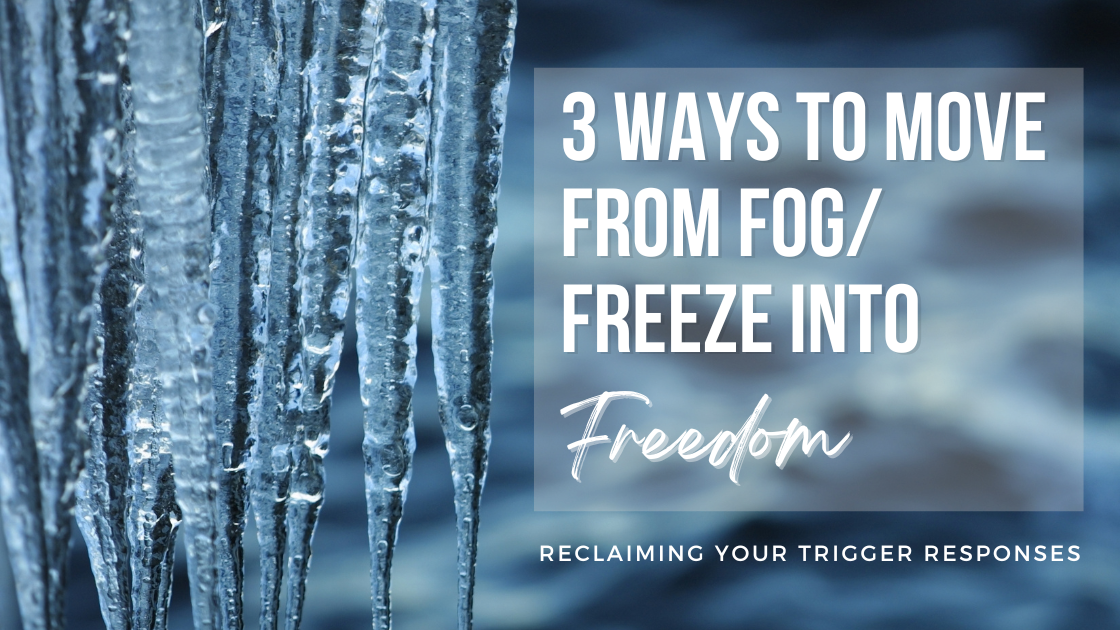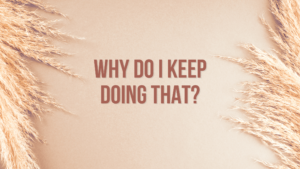Pain Colors How We Think God Paints
The More Honest You Are With God, The More intimacy you’ll have with him. I share content for those struggling with past hurt so you

My definition for a trigger is tender areas begging to be healed. Learning your triggers directly equips you to disrupt the pattern of avoiding closeness or needing instant connection to feel close to someone; AKA intimacy killers. Trigger awareness opens the gateway for immense self-awareness that will impact all relationships.
Triggers can make you feel in a fog, freeze up, or experience uncomfortable body sensations. As crappy as this reality is, it also means you have built trigger awareness. You know what situation, action, words or touch made this occur. You probably also know the root of where that discomfort stemmed from. With this information, you know the area that is begging for further healing.
I know what it’s like to go from deep unsettledness to consistently working to heal those triggers. Here’s what I learned along the road to healing, I’m hoping it will bring guidance to you to get unstuck from trauma response mode.
1. Acknowledge that you’re experiencing a trigger. Literally tell yourself, “Ohhhhh, this is a trigger.” It will comfort you with the reminder that this feeling isn’t forever, you’ve done this before and made it out the other side. This acknowledgement can be the domino that tells your brain what you need to do next to move through this trigger. See step 2!
2. When you notice a trigger for what it is, now you can pull out your toolbox and choose something that will help you navigate the fog/freeze with action. Start with your senses. What do you smell? What’s around you that you can see (textures, colors, etc.)? When you touch around you, what do you feel? What noises are around you? What taste is lingering on your tastebuds? Take a big sigh. This body and surrounding exercise draws you back into your body when you’re in the fog/freeze state. It’s also a great coping distraction to the discomfort.
3. Choose a healthy distraction. Writing is an amazingly effective tool for processing current moments and how they relate to the past. Or maybe, turning to a friend or partner would be helpful. Heavy, slow breathing is my go to (breathe in through your nose for 4 seconds, hold for 4, breathe out slowly through your mouth for 4 seconds, hold for 4). My other strategy was to learn about PTSD, triggers and trauma. This knowledge helped me understand my experiences so I could make sense of them and put down shame. Whatever outlet you choose, keep tabs on what helps you navigate through a trigger!
You’ve already begun your healing journey — one step at a time. The steps above build on one another, so start at #1 and continue from there. Yourself and your relationships will thank you.
The More Honest You Are With God, The More intimacy you’ll have with him. I share content for those struggling with past hurt so you

The More You Trust Yourself, The Healthier Relationships You’ll Have. Receive easily-applicable strategies to build self-trust so you can experience unshakeable confidence. “Why do I

The More You Trust Yourself, The Healthier Relationships You’ll Have. Receive easily-applicable strategies to build self-trust so you can experience unshakeable confidence. How to Stop

The More You Trust Yourself, The Healthier Relationships You’ll Have. Receive easily-applicable strategies to build self-trust so you can experience unshakeable confidence. 9 Signs You

The More You Understand Your Emotions, The More Connection You Feel In Your Relationships. Receive easily-applicable strategies so you can experience consistent closeness in your

The More You Understand Your Emotions, The More Connection You Feel In Your Relationships. Receive easily-applicable strategies so you can experience consistent closeness in your

Navigate your trauma with clarity AND increase trigger awareness!
Learn to identify and navigate your triggers. Travel through the three day mini-series all about gaining self-awareness for the purpose of healing triggers and deeper relational intimacy!